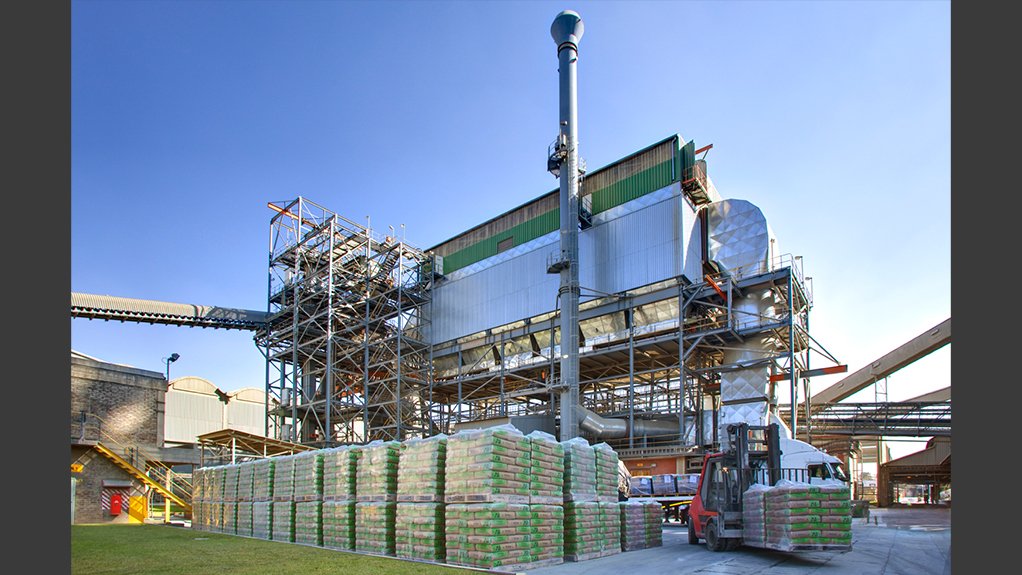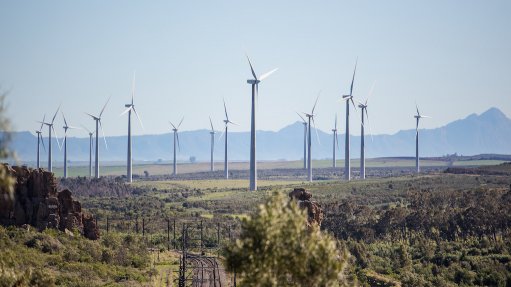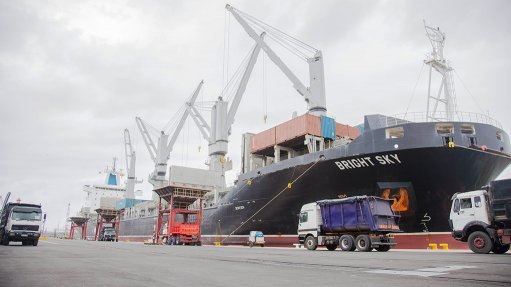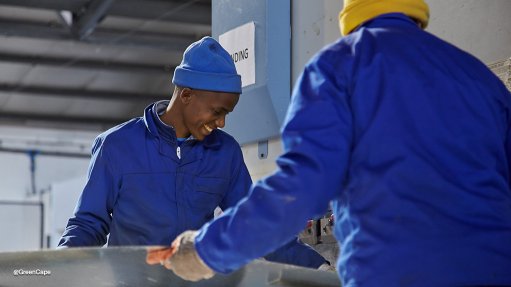Environment-friendly cement production in SA
The local cement sector has been hailed for making significant progress in reducing its carbon footprint and producing more environment-friendly cement.
Recent research by local cement producer AfriSam, has shown that the use of fly ash and ground granulated blast furnace slag (GGBFS) in cement production leads to a 30% reduction in carbon emissions per tonne of cement.
Fly ash comprises fine particles of coal ash that rise with flue gases from burning coal and it is usually removed by electrostatic precipitators or bag filters. An additional environmental benefit of the use of fly ash in cement production, is a reduction in the amount of coal ash from power stations that is dumped in ash ponds or landfill sites.
AfriSam manufactures cement with up to 70% GGBFS, while still achieving the required strength and explains that fly ash extends the volume of cement while adding valuable cementitious qualities to the final product. This reduces the amount of energy-intensive clinker required and reduces overall energy consumption during cement production. The company further highlights that fly ash can replace the use of traditional non-renewable products in the manufacture of clinker, including limestone and shale, which are costly to mine.
“The use of fly ash in clinker production means less carbon dioxide is produced,” says AfriSam cementitious executive Hannes Meyer. “Usually, calcium carbonate in the limestone must first be converted to calcium oxide, and this generates carbon dioxide. The calcium in ash, however, has already been converted in calcium oxide and silicate form.”
Meyer highlights the importance of research and development into environment-friendly initiatives for a low-carbon future and to help offset the potential negative impacts of carbon taxes in order to ensure the long-term sustainability of the local clinker manufacturing sector.
Comments
Press Office
Announcements
What's On
Subscribe to improve your user experience...
Option 1 (equivalent of R125 a month):
Receive a weekly copy of Creamer Media's Engineering News & Mining Weekly magazine
(print copy for those in South Africa and e-magazine for those outside of South Africa)
Receive daily email newsletters
Access to full search results
Access archive of magazine back copies
Access to Projects in Progress
Access to ONE Research Report of your choice in PDF format
Option 2 (equivalent of R375 a month):
All benefits from Option 1
PLUS
Access to Creamer Media's Research Channel Africa for ALL Research Reports, in PDF format, on various industrial and mining sectors
including Electricity; Water; Energy Transition; Hydrogen; Roads, Rail and Ports; Coal; Gold; Platinum; Battery Metals; etc.
Already a subscriber?
Forgotten your password?
Receive weekly copy of Creamer Media's Engineering News & Mining Weekly magazine (print copy for those in South Africa and e-magazine for those outside of South Africa)
➕
Recieve daily email newsletters
➕
Access to full search results
➕
Access archive of magazine back copies
➕
Access to Projects in Progress
➕
Access to ONE Research Report of your choice in PDF format
RESEARCH CHANNEL AFRICA
R4500 (equivalent of R375 a month)
SUBSCRIBEAll benefits from Option 1
➕
Access to Creamer Media's Research Channel Africa for ALL Research Reports on various industrial and mining sectors, in PDF format, including on:
Electricity
➕
Water
➕
Energy Transition
➕
Hydrogen
➕
Roads, Rail and Ports
➕
Coal
➕
Gold
➕
Platinum
➕
Battery Metals
➕
etc.
Receive all benefits from Option 1 or Option 2 delivered to numerous people at your company
➕
Multiple User names and Passwords for simultaneous log-ins
➕
Intranet integration access to all in your organisation





















